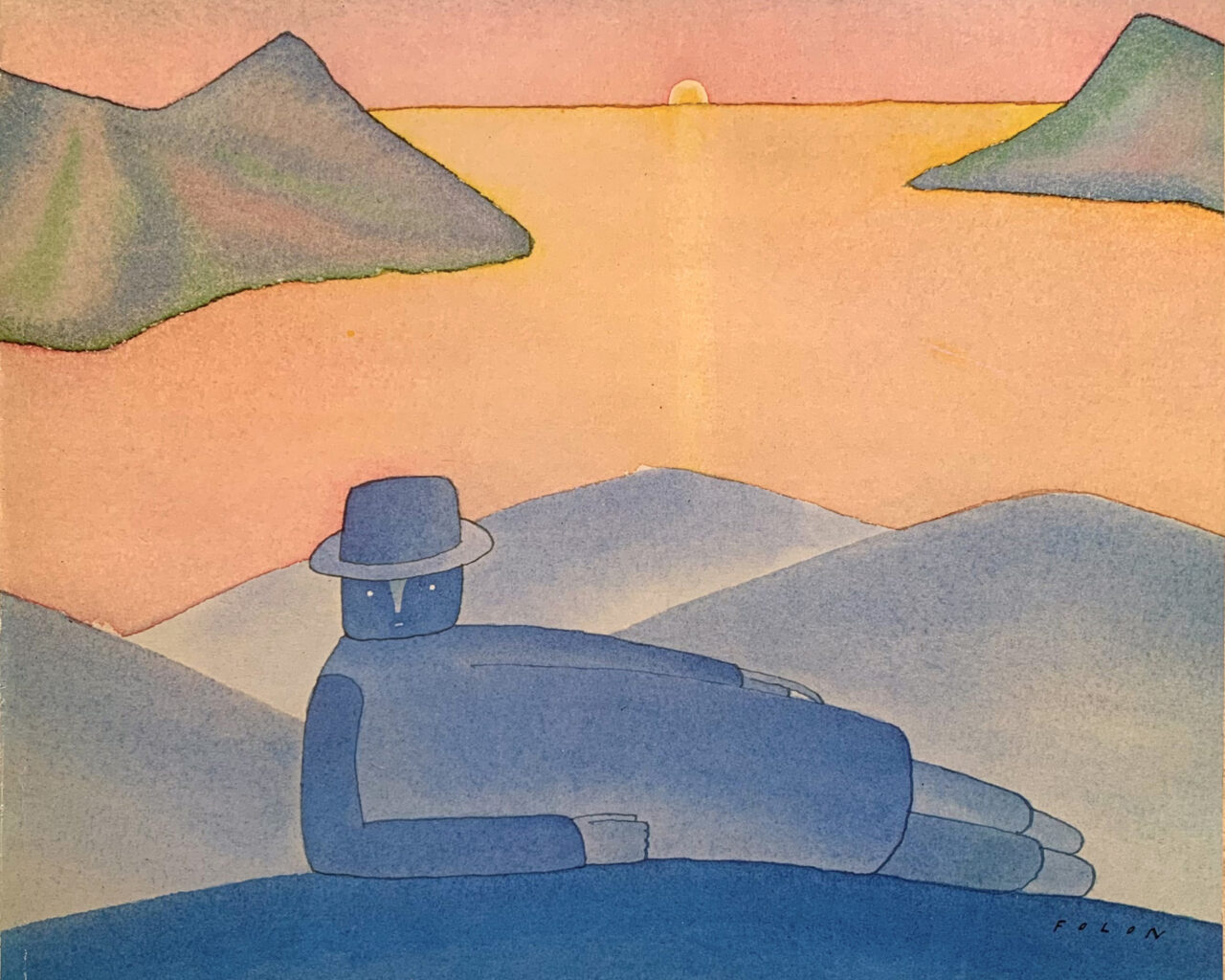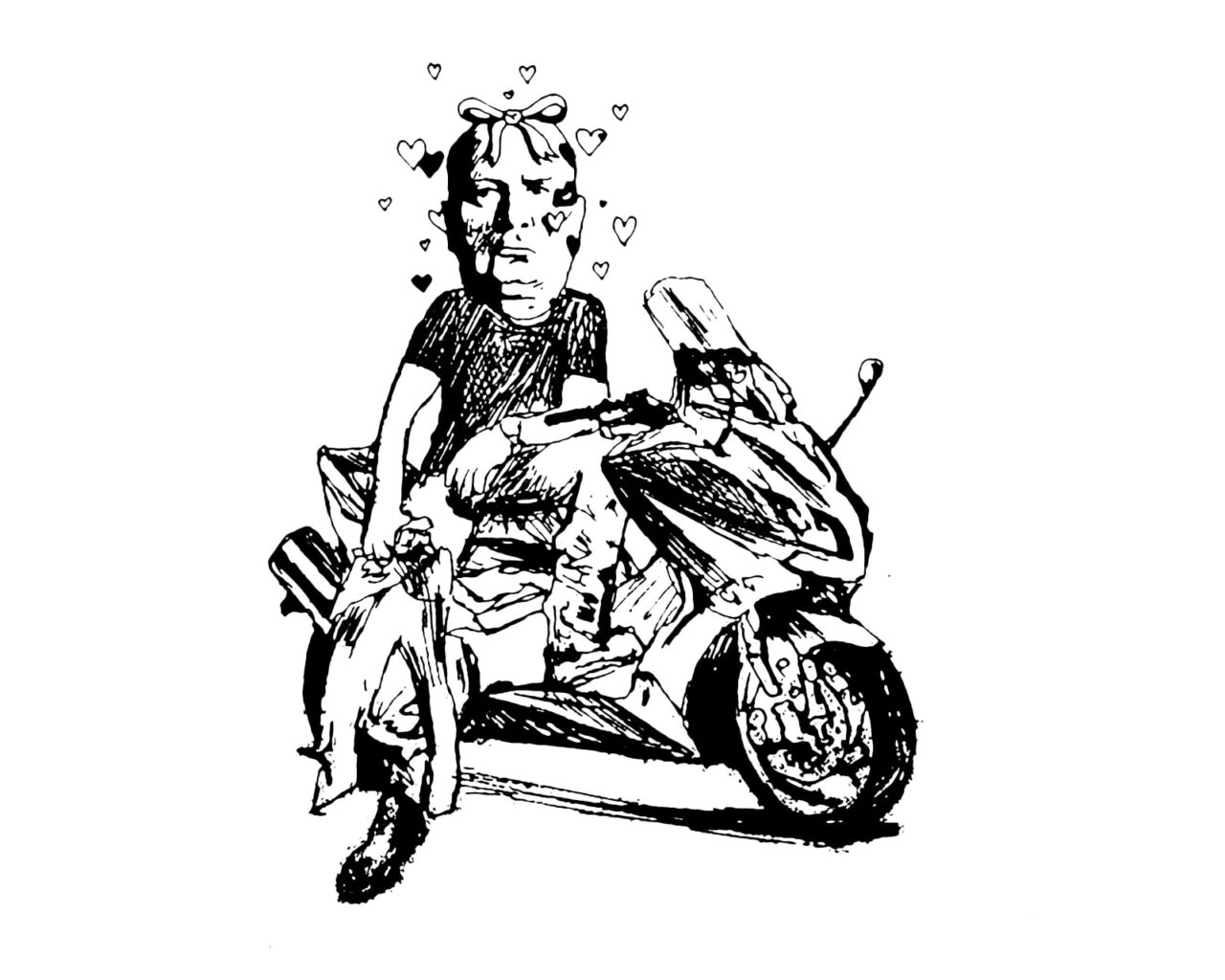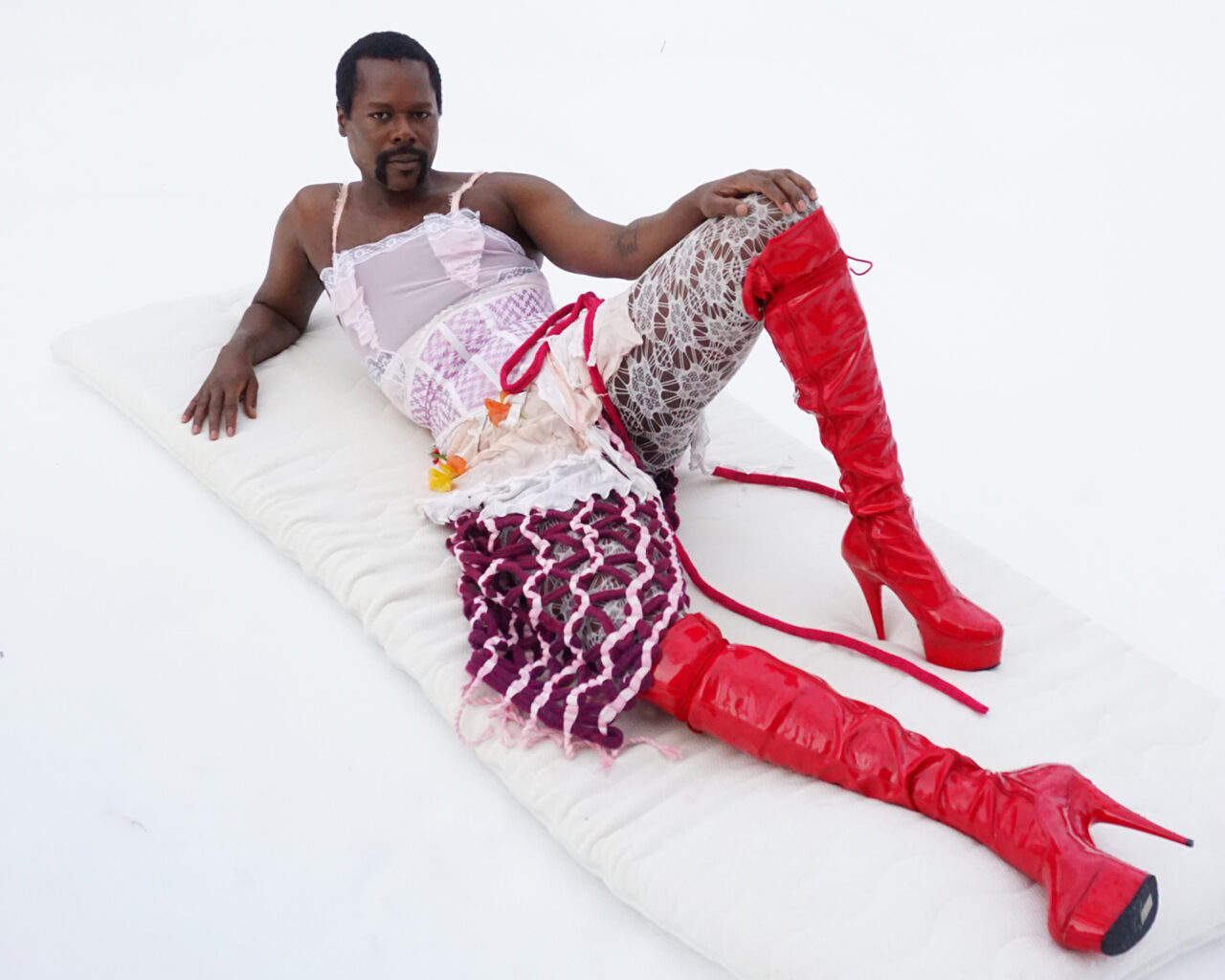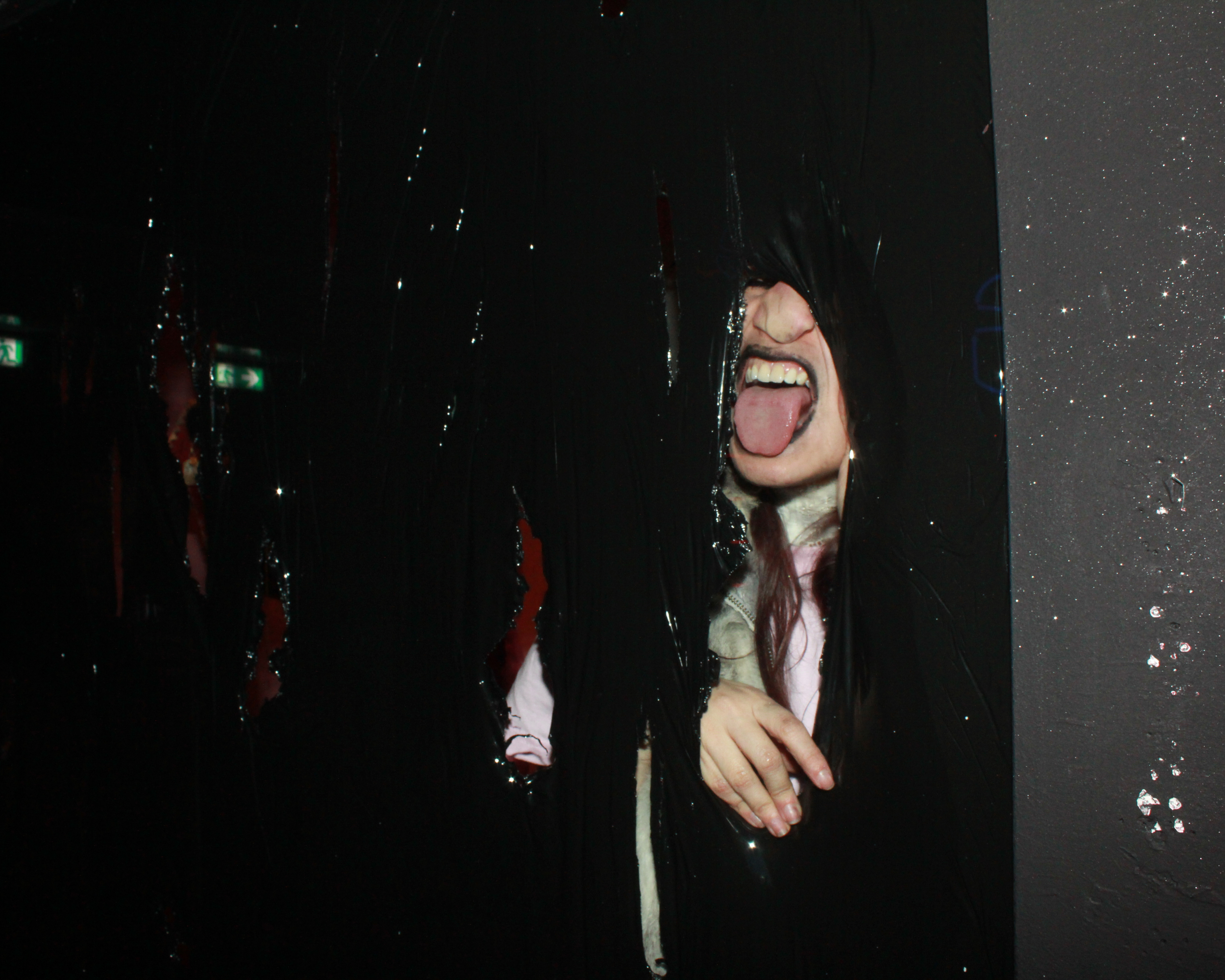
HAPPY VICTIMS – Part 1
Happy Victims, so far, is a three-episode curatorial program, founded by Giulia Currà in February 2025, as a spin-off of her main art project: Traslochi Emotivi (2010-ongoing). The artists’ words that follow keep track of this brief journey through the first two interventions at Club Plastic’s vitrine, preceded by an introduction to the creative force behind it all. The third performance took place on June 28 during the season closing party at Plastic.
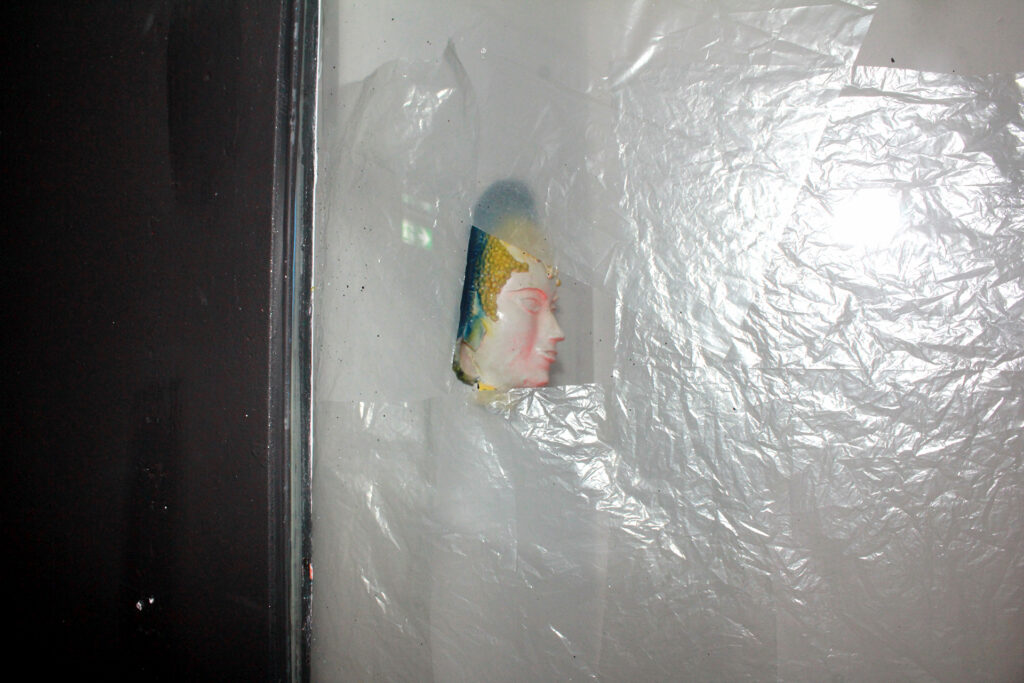
Emma Rose Hodne e Carola Provenzano – Pillow Talk, 2025
GIULIA CURRÀ
A curatorial platform for everyday artistic practices
Giulia Currà: Traslochi Emotivi is a project I’ve never inhabited alone. My research focuses on what it means to be a mover: to live in a state of rootlessness, to encounter other lives, and to be transformed through those connections. This metamorphic process gives rise to a dispersed community.
I had long considered turning Traslochi Emotivi into a curatorial platform for artists who live their research every day, through their bodies, their relationships, and their practice. So I created Happy Victims, originally conceived for Plastic’s vitrine. The title is inspired by Kyoichi Tsuzuki’s 1999 photo series Happy Victims, which portrays the homes of Japanese “fashion victims”, overflowing with single-brand collections. In my view, happy victims are artists completely immersed in their work, fulfilled, and even overwhelmed by their artistic practice and their positions as agents of social disruption.
Happy Victims’ artists
GC: The first intervention, by Cora Baratti (aka Arte Cannibale) – Stringo i denti e diranno che rido – took place in February. The second, Pillow War, by Emma Rose Hodne and Carola Provenzano, happened in March. The last one is a joint venture between Damien Ajavon and Alice Minervini (aka Pakkiana). I discovered Damien’s work through Alice, who brought them into her ongoing project on the “pacchiane”. None of the participating artists had ever performed in a club before. The idea is to put ourselves on the line, to challenge that queer notion of failure, to overcome fear, and to expose our vulnerabilities.
A community of challengers
GC: My choice of artists isn’t tied to a single work. I fall in love with who they are and what they do. Their common thread is a challenge to a market‑driven mentality – art’s and beyond – that enslaves us. They are driven to produce live visions, to create them through their lives. I select individuals who take risks, even in the most anarchic sense of the word.
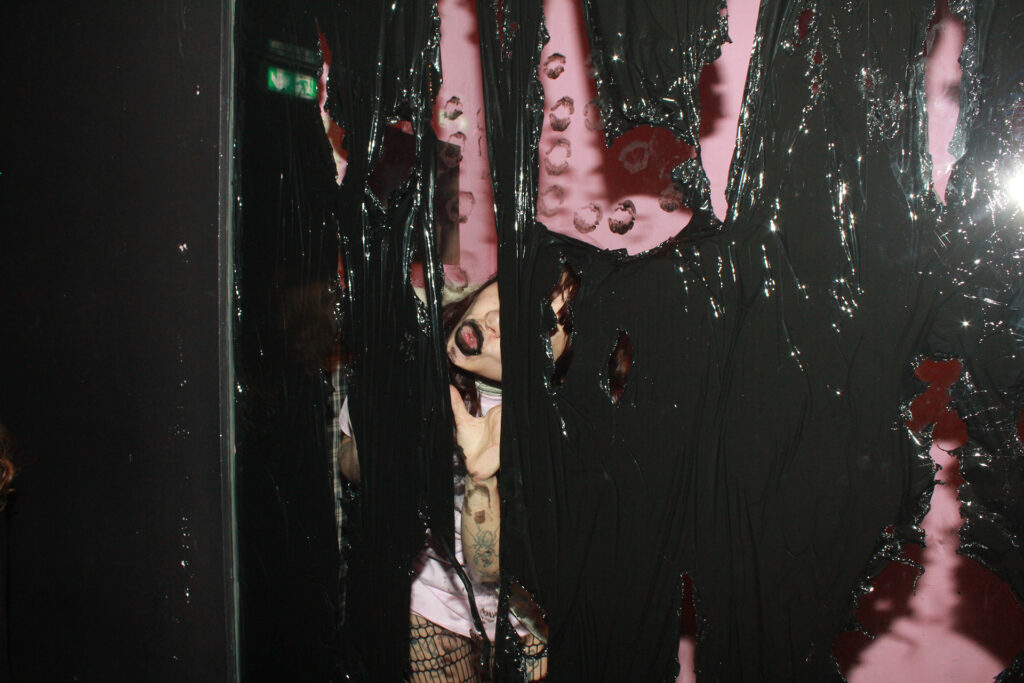
Cora Baratti – Stringo i denti e diranno che rido, 2025
CORA BARATTI
Laughing while burning
Cora Boratti: The performance was an intimate, decontextualized act. It deconstructed the space, creating at once a feeling of familiarity and disorientation. It was a voyeuristic glimpse, delicately pornographic, that generates estrangement and otherness within such an openly erotic context. A composite space of love, struggle, and resistance, temporarily inhabited by enchanted, monstrous, and desiring creatures. The title referenced a figure of witchcraft: Franchetta Borrelli, a woman tried for witchcraft. The phrase evoked a sense of powerlessness but also reclaiming a traumatic experience. We are victims, yes, but while you burn us, we laugh, because burning us is admitting our power and our danger.
An intimate exchange
CB: The feeling I experienced was different in terms of attention and the shifting of that threshold. Although the audience generally seemed more distracted and almost chaotic, they were actually more focused and curious. I noticed people stopping for a long time in front of the vitrine; some tried to interact with me, sometimes playfully, but also with a sense of reverence and a very gentle gaze. It was certainly an interesting exchange that challenged the usual hierarchical layers of interaction between audience and performer, between artistic process and the spaces where it’s experienced.
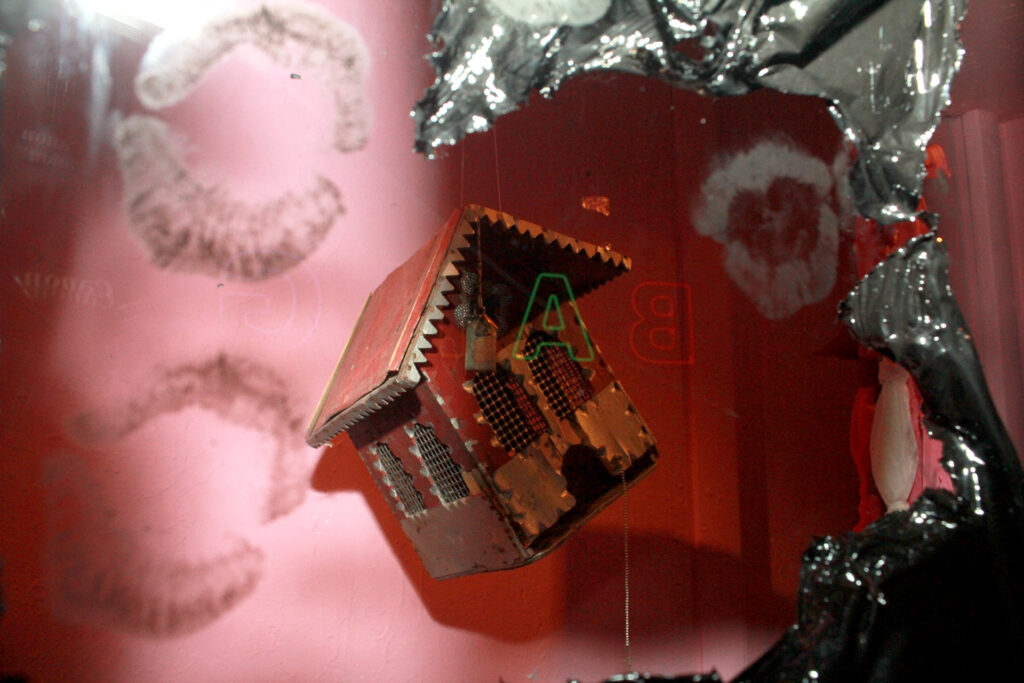
Cora Baratti – Stringo i denti e diranno che rido, 2025
EMMA ROSE HODNE AND CAROLA PROVENZANO
A feminine glimpse breaks through common language
Emma Rose Hodne: Performing at Club Plastic came at a time when I was seeking a new form of expression. Pillow War took place on March 8th, Women’s Day. I invited Carola Provenzano to join me inside the club’s vitrine. This piece was a big chance to break free, as a woman, from societal expectations. Our culture often speaks a business-like language focused on right and wrong, rather than emotion.
We placed ourselves naked in the vitrine, it was like taking my own virginity. Society tends to view nudity solely as sexual, but we wanted to rename it as something intimate and natural.
Nudity as honesty
Carola Provenzano: I felt like having my own private space, separate from the audience behind the frosted glass. This distance helped Emma and I to stay focused on the act. Performing in a queer club like Plastic also gave me a sense of safety to present my naked body freely. Though it was Carnival night with a kinky theme, our nudity wasn’t objectified. Instead, it became an honest expression and a reclamation of the body beyond pornographic codes.
Turning war into care
ERH: I asked myself: “Where have I been watched from the start?”. It brought me back to the stereotype of young girls having a pillow fight into their bedroom, spied on through a keyhole. With Pillow War we reworked that image, but turning the word “war” into something delicate.
We weren’t portraying two angry feminists trying to make a statement. It was about being ourselves, embracing weakness, and expressing what I believe innocence and purity truly are. We wanted to show that softness is valid too, that we don’t have to conform to a society built on domination, shame, or rigid expectations.
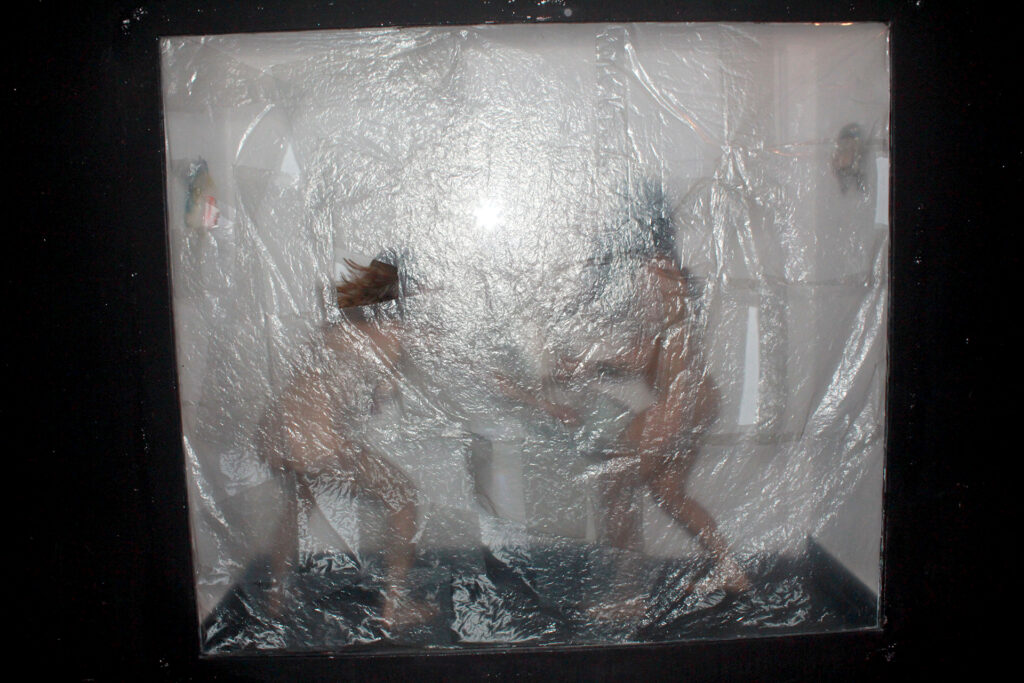
Emma Rose Hodne and Carola Provenzano – Pillow Talk, 2025
Annihilating anger with a pillow fight
CP: The performance might seem silly like a pajama party, but for us it was war: a ritual meant to release tension, not harm. In nature, animals engage in symbolic battles when they don’t want to injure each other. The more lethal the species, the greater the restraint in using their weapons.
Today, humans are more dangerous than ever, possessing lethal arsenals but lacking the restraint to manage anger. We have nuclear missiles but little education on controlling rage. Pillow War reversed this cycle, channeling energy that might otherwise turn destructive.
Behind the watching eye
ERH: The interaction with the audience was a metaphor: we were separated by a transparent glass, slightly veiled, preventing a clear view. Despite the lack of direct contact, there was a psychological interface, an invitation to watch us fight. The glass became a symbolic bridge between performers and spectators, echoing the invisible barriers that separate us in society, shaped by dominant language.
From struggle to surrender
CP: As the performance continued for three hours, our bodies began to change. We were slipping in our sweat, unable to move in the same way. At one point we turned the pillows into a bed. That shift wasn’t planned. We had to adapt, and that vulnerability, was part of the truth we were trying to express.
Nature has always been queer. What society often labels as eccentric or unconventional is, in fact, deeply natural. Pillow War was about remembering that, and finding a way to live within the tension, without letting it destroy us.
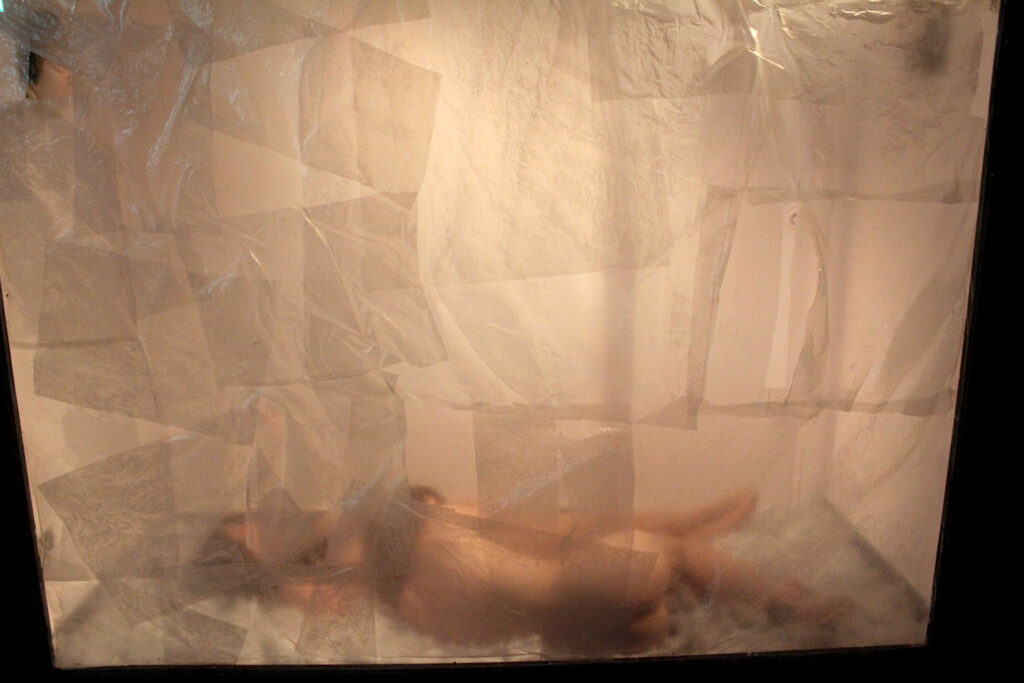
Emma Rose Hodne and Carola Provenzano – Pillow Talk, 2025
· · ·
GABRIELE DELLA MADDALENA: After graduating in History and Criticism of Art, he began working as an archivist at an antiquarian bookshop specializing in 20th-century avant-garde movements. He currently contributes to Lampoon and Style Magazine, and works as an art director for Club Domani in Milan.
GIULIA CURRÀ: Artist and curator, she founded Traslochi Emotivi (2010), a nomadic collective exploring thresholds through performance and editorial practice; Casa Cicca Museum (2012), originally housed in one of the historic brothels in the southern Milan area; Vegetal Import Festival (2016), sound festival co-founded with Pasquale Leccese, Barbara Mulas, Steve Piccolo, Livia Satriano.
CORA BARATTI: Multidisciplinary visual artist and performer based in Matera, PhD candidate in Gender Studies. She explores the boundary between art and magic, body and memory, often through a transfeminist and decolonial lens. Among others, she has collaborated with Marijke De Roover (KIOSK, Ghent), Casa Cicca Museum (Milan), and Nasomatto (Milan).
EMMA ROSE HODNE: Originally from Stavanger (Norway), she is a writer and performer living in Italy since 2017. She studied Nordic languages and literature at the University of Bergen and visual arts in Oslo. Her poems have been published in the mental health magazine “KKPH” and the feminist magazine “FETT”. She writes poems for Thyself Agency and currently performs in the series Poem in Motion.
CAROLA PROVENZANO: Conceptual artist and performer exploring language limits. Based in Milan, she is currently developing the Alphabeth project with curator Valentina Avanzini. She collaborated with Replica: Artist Book Archive for the projects Antigruppo Siciliano: uno studio translocal (2024) and Una Freccia Contro il Carro Armato (2025).
Header: Cora Baratti – Stringo i denti e diranno che rido, 2025
All photos by Alessandro Merlo


